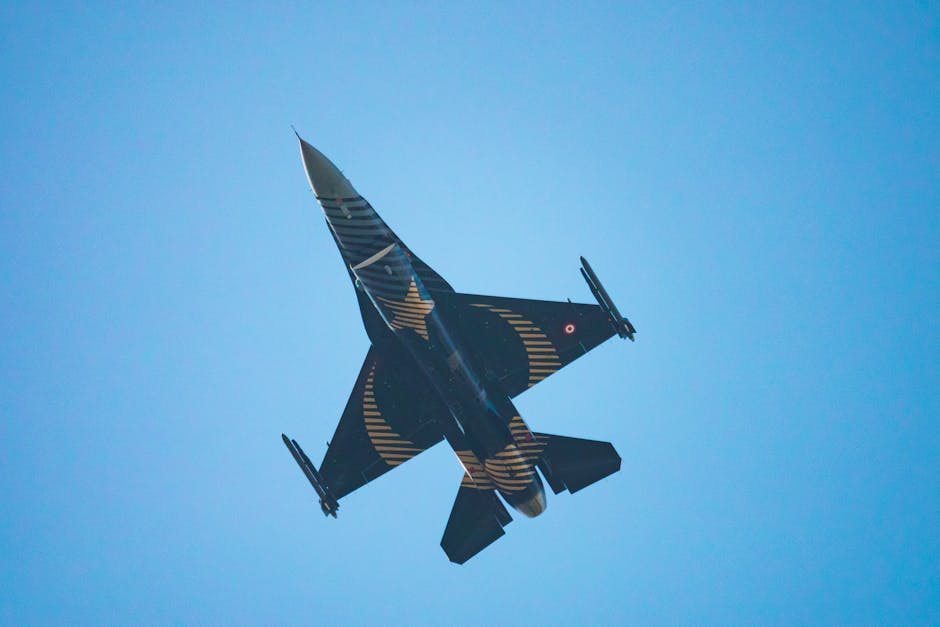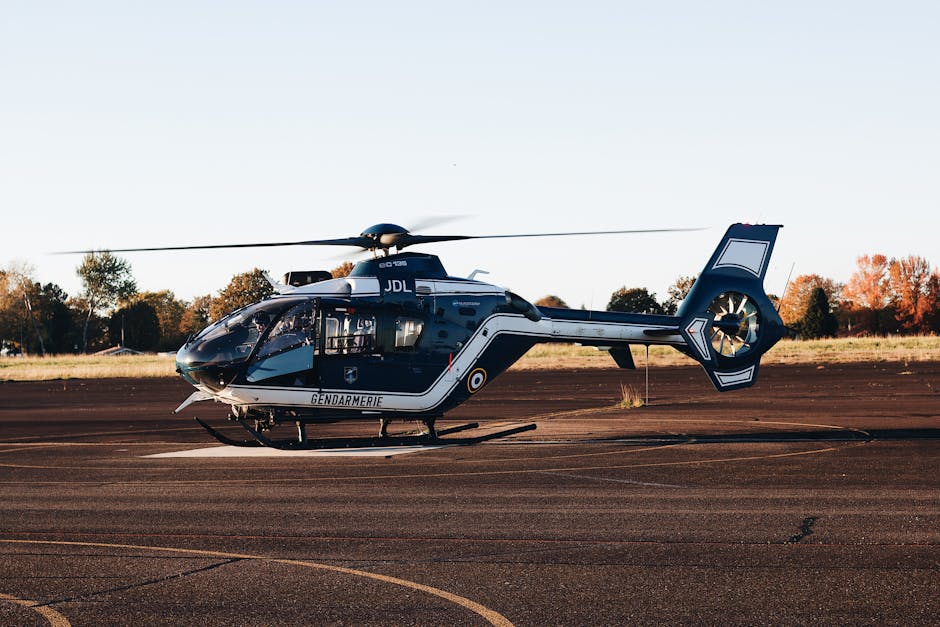Tejas Fighter Jet Crash: The Incident
A Tejas Mk-1 fighter jet crashed near Jaisalmer, Rajasthan, during a training mission, sparking concerns in the Indian Air Force (IAF). Preliminary reports indicate the pilot attempted a Negative G manoeuvre before the crash, raising questions about aircraft limitations and training protocols. Here’s a deep dive into what happened.
What Is a Negative G Manoeuvre?
G-forces measure acceleration relative to gravity. Positive G (e.g., sharp turns) pushes pilots into their seats, while Negative G (e.g., sudden dives) pulls them upward, straining both the aircraft and the pilot.
A Negative G manoeuvre involves rapid descent or inverted flight, risking:
– Fuel/oil starvation (fluids shift away from critical systems).
– Engine flameouts or temporary control loss.
– Pilot disorientation or G-LOC (G-force-induced loss of consciousness).
Why Do Pilots Perform Negative G Moves?
These high-risk manoeuvres are used in:
✔ Combat: Evading enemy fire during dogfights.
✔ Aerobatics: Showcasing aircraft agility.
✔ Training: Testing pilot and jet performance limits.
In this case, the Tejas pilot was executing a training drill when the accident occurred.
Possible Causes of the Tejas Crash
Investigators are examining several factors:
- Aerodynamic Limits Exceeded?
-
The Tejas has a G-limit of +8/-3.5. Pushing beyond this may cause structural stress.
-
Fuel Flow Disruption
-
Negative G can starve the engine by displacing fuel.
-
Pilot Disorientation
-
Sudden forces may cause spatial confusion or unconsciousness.
-
Technical Failure
- Fly-by-wire (FBW) or hydraulic system malfunction under stress.
Historical Precedents
Similar crashes have occurred, notably with older IAF jets like the MiG-21. Modern aircraft like the Tejas have safeguards, but risks persist.
Next Steps: IAF Investigation
The IAF has launched a Court of Inquiry (CoI), focusing on:
– Black Box Analysis: Reviewing flight data recorder (FDR) details.
– Pilot Testimony: If the pilot ejected, their account is critical.
– Technical Inspection: Checking for maintenance or design flaws.
Key Takeaways for Aviation Safety
This incident highlights the need for:
– Better Training: Simulating extreme manoeuvres safely.
– Aircraft Hardening: Reinforcing systems for high-stress scenarios.
– Strict Adherence to G-Limits: Preventing pilots from exceeding design thresholds.
Final Thoughts
The Tejas crash underscores the challenges of high-performance aviation. As the IAF investigates, the focus remains on improving safety while maintaining combat readiness. Updates will follow as new details emerge.




